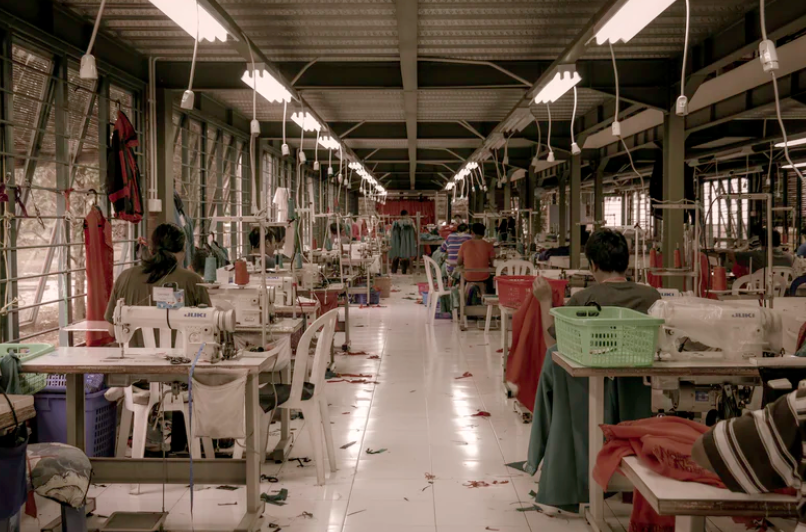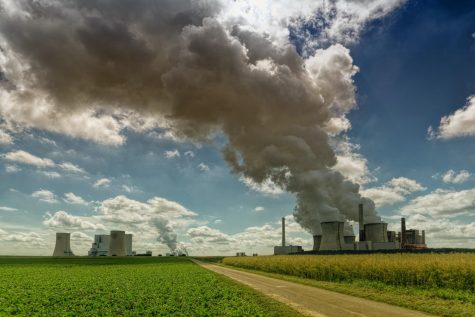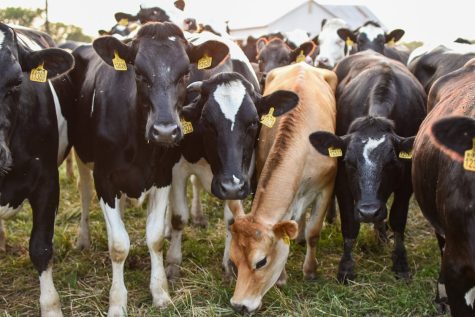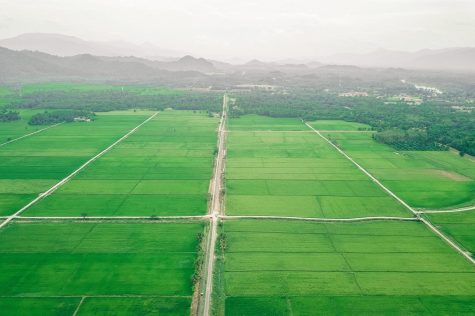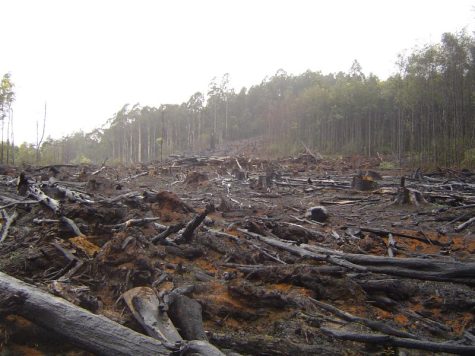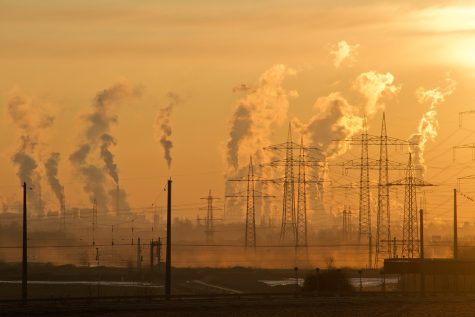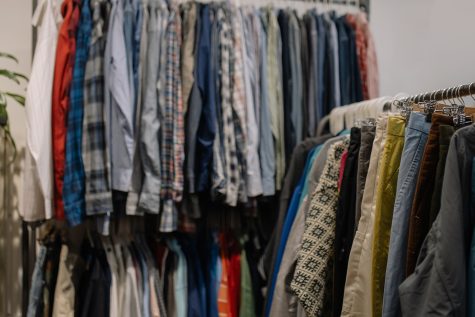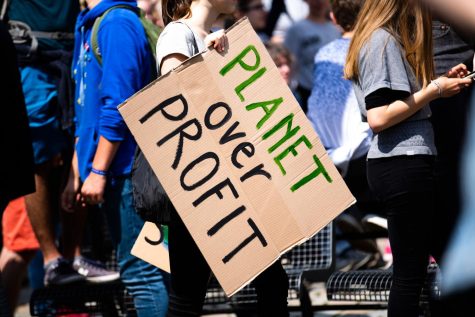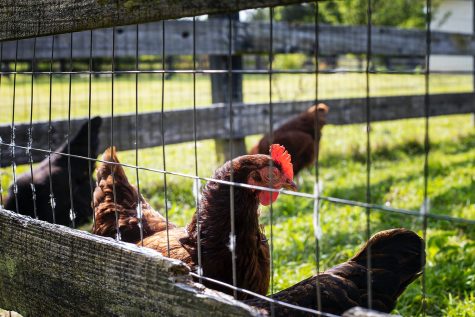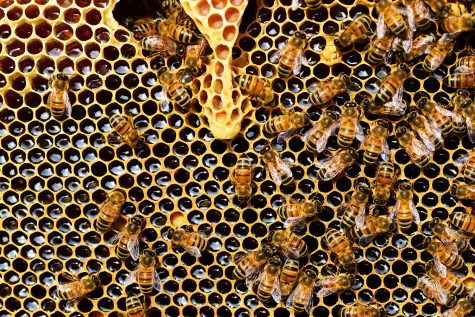In this week’s Viral Thoughts, staff reporter Haille Hughes explores the impact of COVID-19 on fast fashion.
COVID-19 impact on fast fashion
Fast fashion refers to inexpensive and rapidly produced clothing that closely follows trends and is used by mass-market retailers. The inexpensive, rapidly produced, and trendy clothing is why fast fashion is so popular, and why online stores like Romwe and Shein have boosted in popularity since the COVID-19 pandemic began earlier this year.
These online shops were able to easily cater to people’s rapidly changing sense of style due to the wide variety of clothing and accessories they sold. They didn’t stick to one specific style or type of clothing, so they dominated the market when everyone was at home and stuck online.
This begs the question of how they were so easily able to inexpensively and rapidly produce such a large amount of clothing and accessories that all varied in styles. Most Romwe products, for example, are mass-produced in China. This mass production means that the clothes may be of significantly lower quality, and their creation contributes to 10 percent of all humanities carbon creations.
Obviously with COVID, and quarantine, sales of those easy fast fashion products had gone up, likely impacting carbon emissions in a negative way. The emissions of carbon dioxide into our atmosphere is extremely damaging; it breaks down our ozone layer, and that’s what protects us from the sun’s ultraviolet radiation.
So while fast fashion sales rose during the pandemic and allowed people to discover themselves and try new things, it might’ve also led to increased CO2 emissions, ultimately doing more harm than good.
Plant Based Treaty
Photo by Porapak Apichodilok of Pexels
The Plant Based Treaty originally started as a grassroots campaign to emphasize food systems and its impact on the climate crisis. This treaty has put itself on the map in 30 countries.
The Plant Based Treaty is making waves across the world, putting itself on the map in 30 different countries.
It started as a grassroots campaign that was originally designed to emphasize food systems and mitigate their negative impact on the climate crisis. The Fossil Fuel Non-Proliferation Treaty (FFT) was the inspiration behind the organization of the Plant Based Treaty (PBT). There are three main tenants: relinquish (stop expansion of animal agriculture to lessen environmental destruction), redirect (shift towards plant-based food systems), and restore (rewild natural habits and its balance).
Demand 1, Relinquish, aims to stop the problem from intensifying. This looks like the ban of new animal farms (including fish) or slaughterhouses, no expansion of existing farms, no conversion of land to animal feed production, ban all live exports, no new industrial fishing vessels, and the protection of indigenous peoples; their land, rights, knowledge.
Demand 2, Redirect, works to eliminate existing factors making the problem worse. Which includes the promotion of switching from animal-based food systems to plant-based. There will be a focus on food security for all nations, prioritizing ending poverty and hunger while making nutritious food available for everyone. There will be acknowledgement and support of the essential role that independent farmers play, helping them maintain (or regain) autonomy over their lands, waters, seeds, and other resources. Additionally, to align with Climate Action Plans, government dietary guidelines will be restructured to promote whole, plant-based, foods and public campaigns will be designed to provide information on the climate and the advantages of a plant-based diet. Public consumption of animal-based foods will be reduced through education in schools and transitioning to plant-based meals in schools, hospitals, nursing homes, prisons, and government institutions.
There will be a mandate to honestly label foods, which includes cancer warnings on all processed meats, proven carcinogenic by the World Health Organization. Along with this, there will be a meat tax (including fish) with proceeds going toward restoring land destroyed by animal agriculture, subsidies for fruits and vegetables in order to promote a whole, plant-based, diet more affordable. Redirecting subsidies for animal agriculture, slaughterhouses, and industrial fishing, dairy and egg production and their advertising to environmentally friendly production of plant-based food coincides with the previous requirement. Provide support and training for farmers, ranchers, and fisherpeople to move away from animal production toward diversified (ideally organic, agro-ecological) plant-based systems.
Demand 3, Restore, actively heals the current problem while building resilience and mitigating climate change. Reforestation efforts will be rolled out in appropriate ecosystems, using native species to restore habitats. There will also be prioritization and restoration of the oceans by designating zero fishing Marine Protected Areas (HPMAs), and replanting carbon absorbers like seagrass beds. Another essential part is restoring carbon-sequestering ecosystems: mangroves, peat bogs, forests, certain grasslands, and a shift in focus toward nature based climate change mitigation and adaptation.
Farmers and landowners that are actively restoring land and the associated ecosystem services, such as biodiversity, flood defense, and general climate change resilience, will receive subsidies. Other subsidies or grants for rewilding and reforestation projects, animal agriculture farmers switching to diversified plant production. Cities should be increasing trees and wildflowers, green community projects, wildflower corridors, green rooftops, local growing plans, all to work towards elevating biodiversity. Enhance food justice by access to healthy food for all, especially low-income communities of color, and repurposing land once used for animal agriculture or feed production. Also returning land to nature reserves, hiking zones, community growing, agro-ecological food growing, and native populations.
Signing the treaty will also declare a climate emergency along with 1,900 governments in 34 countries.
The organization urges individuals, groups, businesses, and cities to support this plan and put pressure on national governments to negotiate an international Plant Based Treaty. Whether you are an individual or a business owner, you can endorse the plant-based treaty and help encourage others.
